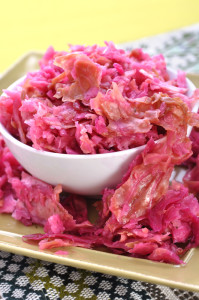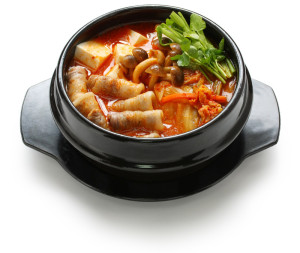Fermented foods have been around for what seems like forever and they have a great history. In fact, many of the methods that are currently used today have been passed down from generation to generation. The recipes are like family heirlooms.

Fermentation is a great process for preserving food because it helps provide sustenance during harsh seasonal times when food is hard to come by, like the long and bitter European winters.
Every culture has their own fermentation methods that have been used to make foods which are central to their own cuisine. For example, Greek people perfected the idea of making yogurt and Egyptians created cultures to make sourdough bread.
This style of bread has been around since approximately 4000 B.C.E. Other foods that were created with the fermentation process include cheese and wine. While the use of fermentation may have stemmed from an accidental process, it has become an integral part of the preservation of food products throughout history.
Two thousand years ago, the Great Wall of China was being erected. During that time, fermented cabbage was used as a way to keep the worker’s bellies full. When Genghis Khan invaded Eastern Europe, he brought cabbage with him and it became very popular with sailors and peasants. This is probably because it is rich in vitamin C.
At some point, cabbage was brought to America, and it was called sauerkraut. This word stems from the German words for sour and vegetable. Even though this dish was not originated in Germany, it is always referred to as a German staple.
Dairy is one example of how fermentation has been used successfully to preserve milk.
Nomads used to wander around with milk that was carried inside canteens made of animal stomach. An enzyme in the stomach, rennin, curdles the milk, so it offered the nomads solid food to eat.
Cheese goes back in history to about 4000 B.C. It was popular in Egypt and Sumer, and there was mention in the Bible of King David presenting some to an Israelite army as a gift.
Salt was the first substance used to preserve meat and it was used in the making of sausage. Now microorganisms are used to help with the same process. Fermenting meat was the only way to keep it for a great deal of time before modern refrigeration was available.
The history of fermenting food is one that has taken a very interesting journey. Every culture has used it to create wildly amazing dishes so take some time to explore the process and its health giving benefits.

Try some of the recipes that make good use of this process as they have been shown to support the beneficial bacteria in our digestive tract as well as being rich in enzyme activity that aids in the breakdown of our food.
This Washington Post article “Fermented foods bubble with healthful benefits” will also help you to determine ‘what exactly are fermented foods’ and their benefits when you add them to your daily diet.
If you live Down Under and would like to try some really good examples of fermented food then check out Byron Bay Superkraut Sea Vegetables from Peace Love & Vegetables. I am half way through a bottle at the moment and it is a great addition to any salad plus there are four different varieties to choose from so do your body a favour and give it a go.
Let me know what you think.
[…] the natural gut bacteria levels which can be damaged with IBS related diarrhoea and constipation. Fermented foods like homemade sauerkraut also offer a wide variety of bacteria that are beneficial and help protect […]